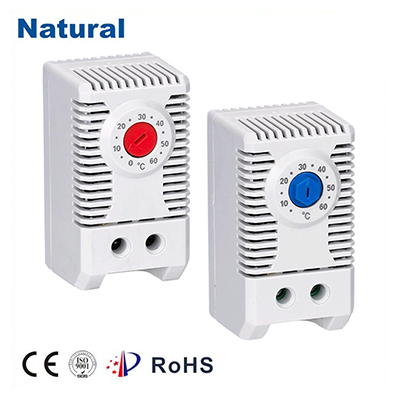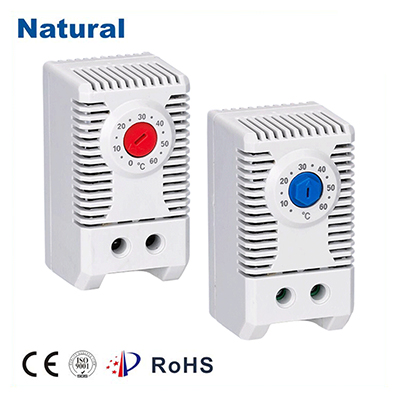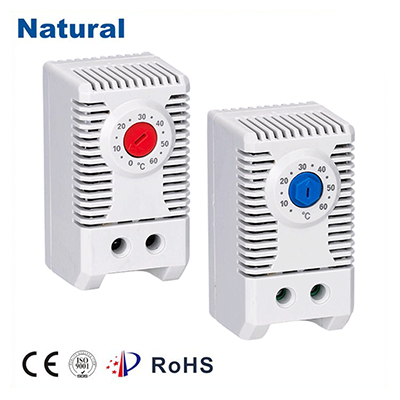A bimetal thermostat is a crucial component used in various appliances and systems to regulate temperature. This device operates based on the principle of thermal expansion, utilizing the differing expansion rates of two metals to control the temperature. To fully appreciate its functionality, let’s delve into how it works, its benefits, and its wide array of applications.

How It Works

The bimetal thermostat consists of two different metals bonded together, usually in a coiled or flat strip form. These metals expand at different rates when subjected to heat. When the temperature changes, the differential expansion causes the bimetallic strip to bend or move. This movement is used to open or close an electrical contact, thereby turning a heating or cooling system on or off. This mechanism allows for precise temperature control and helps maintain a stable environment within the desired temperature range. Benefits of Bimetal Thermostats One of the ultimate advantages of bimetal thermostats is their simplicity and reliability. They are mechanical devices with no need for external power sources or complex electronic controls. This simplicity translates into durability and longevity, as bimetal thermostats are less prone to failure compared to electronic counterparts. Additionally, they offer quick response times to temperature changes, ensuring that the controlled environment remains stable.

Leave a Reply